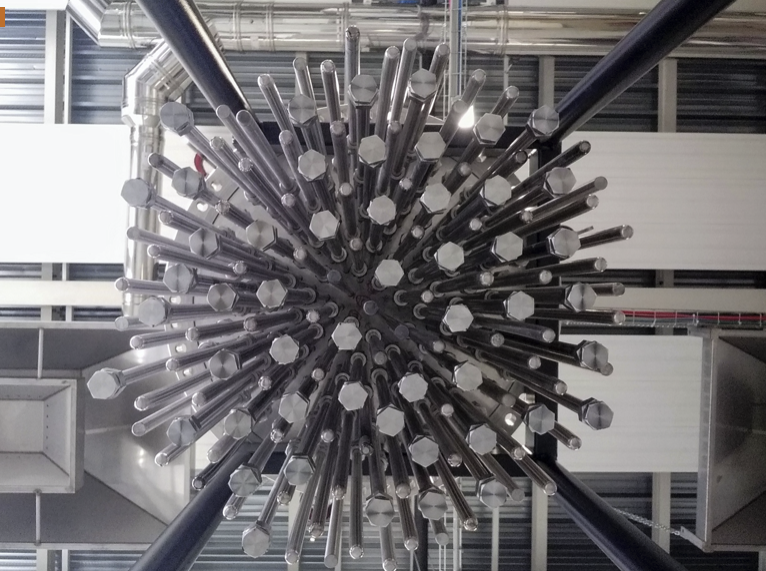From pv magazine Spain
In early 2020, the R&D center of Spain's Tecnalia, the University of Eindhoven, and France's Engie announced the creation of an industrial startup, H2SITE, in Biscay, Spain, to promote the on-site production of high-quality green hydrogen.
One hurdle to the widespread adoption of hydrogen is the difficulty of transporting it over long distances. By contrast, ammonia is a molecule with a very high hydrogen density that is easy to transport and store on-site. And H2SITE's technology could allow ammonia to be turned into hydrogen with high levels of efficiency.
The Tyseley Ammonia to Green Hydrogen initiative was led by H2SITE in Birmingham, England. Its objective is to create the most efficient ammonia-to-hydrogen conversion unit in the world. The pilot plant will produce 200 kg of hydrogen per day to feed an existing hydrogen refueling station.
The initiative, financed with €7.8 million ($8.2 million) from the UK Department of Business, Energy and Industrial Strategy, is part of a commitment to reach a hydrogen production capacity of up to 10 GW in 2030. Projections show that hydrogen will represent 35% of the total energy consumption of the United Kingdom by 2050.
This content is protected by copyright and may not be reused. If you want to cooperate with us and would like to reuse some of our content, please contact: editors@pv-magazine.com.



If the ammonia is produced by the Haber–Bosch process, then the hydrogen resulting could, perhaps be called “black hydrogen”. Based on natural gas and highly energy intensive: hardly a “green” process.